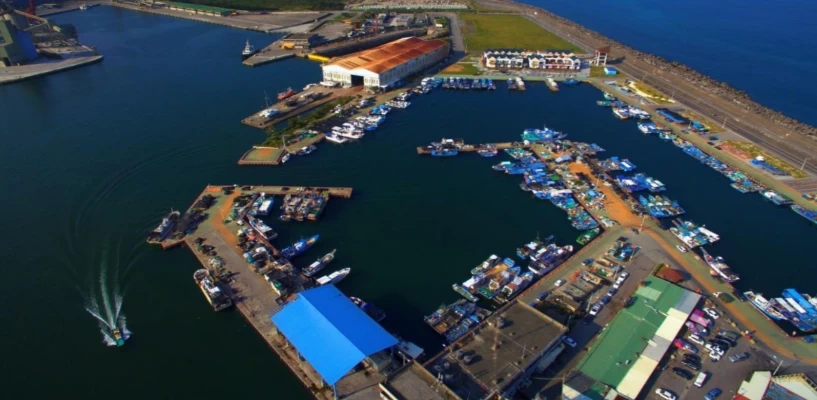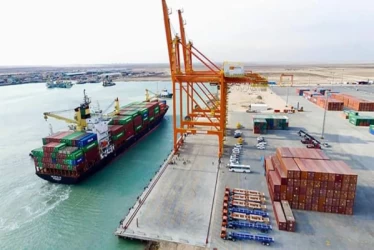Sea Freight in Hualien Port
Hualien Port, located on the eastern coast of Taiwan, is a significant hub for sea freight in the region. Established between 1930 and 1939, this artificial harbor has grown to become one of Taiwan’s four international ports. With its strategic location on the Pacific Ocean, Hualien Port plays a crucial role in Taiwan’s maritime logistics and trade.
Historical Background
The construction of Hualien Port began during the Japanese colonial period, primarily to facilitate the transportation of local granulated sugar to Japan. Over the years, the port’s infrastructure has been expanded and modernized, particularly with significant improvements made in 1991. Today, it boasts 25 wharves and handles an annual container volume of approximately 13 million tons.
Key Commodities and Cargo
Hualien Port is known for transporting a variety of local commodities, including gravel, cement, and marble. These materials are essential for Taiwan’s construction industry and are also exported to other countries. Additionally, the port accommodates cruise ships and whale-watching boats, contributing to the local tourism industry.
Infrastructure and Facilities
The port’s infrastructure includes extensive breakwaters that protect the artificial harbor, ensuring safe and efficient operations. The 25 wharves are equipped to handle various types of cargo, from bulk materials to containerized goods. The port’s facilities are managed by the Taiwan International Ports Corporation, a state-owned entity responsible for overseeing Taiwan’s major ports.
Recent Developments and Challenges
In recent years, Hualien Port has faced several challenges, including natural disasters. For instance, a 7.2 magnitude earthquake in April 2024 led to the temporary suspension of cargo handling and evacuation of the port. Despite these challenges, the port continues to be a vital part of Taiwan’s maritime infrastructure, handling over 2,120 vessels and 8.2 million tones of cargo annually.
Economic Impact
Hualien Port significantly contributes to the local and national economy. By facilitating the export of local commodities and the import of essential goods, the port supports various industries, including construction, manufacturing, and tourism. The port’s operations also create numerous jobs, both directly and indirectly, boosting the local economy.
Future Prospects
Looking ahead, Hualien Port is poised for further growth and development. Plans for modernization and expansion are in place to enhance the port’s capacity and efficiency. These improvements aim to strengthen Hualien’s position as a key player in the regional and global maritime industry.
Conclusion
Hualien Port’s strategic location, robust infrastructure, and diverse cargo handling capabilities make it a cornerstone of Taiwan’s sea freight industry. Despite facing challenges such as natural disasters, the port continues to thrive and contribute significantly to the economy. With ongoing developments and modernization efforts, Hualien Port is well-positioned to meet the future demands of global trade.
if you have a specific question or need more details about Hualien port, Iran's logistics experts are your answer!











